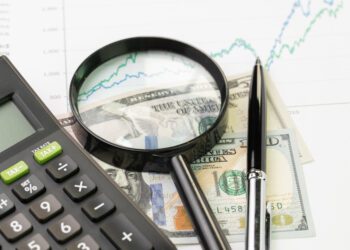Changes in the economic landscape
The U.S. economy continues to grow and evolve. There have been shifts in the economy, however, which leave the consumer with less cushion this season. Let’s look back at the lessons learned.
In 2023, U.S. holiday shoppers were focused on taking their power back. The resilient 2023 economy was a story of positive surprises that buoyed the shopper. The economy added jobs at a solid pace and the unemployment rate was hitting record lows. Consumers benefitted from strong income growth, allowing them to continue to spend and engage in the economy productively.
The 2023 consumer concentrated spending during promotional moments last holiday season, searching for – and receiving – discounts. Because Christmas fell on a weekend, we observed some last-minute shopping and a rush of spending right into the holiday.
The 2024 holiday shopper will likely be using a similar playbook as last year, making choices and looking for the best deals, but may be feeling slightly more stretched.
Here are the key trends to watch as we near the 2024 holiday shopping season:
Calendar effects: Relative to last year, this year is a shorter holiday shopping season with Black Friday falling later in November than last year. There could be some volatility with year-over-year comparisons. It may also encourage retailers to start promotions earlier rather than concentrating them during the Black Friday weekend and it could push more holiday shopping into December, especially online.
More clicks for ’fits: The consumer continues to value making purchases anywhere at any time in this omnichannel world, which should drive activity during online promotional periods. MEI expects online spending, retail sales ex-autos, to grow 7.1% yoy during the holiday season. Our SpendingPulse insights show an inclination for online spending on apparel: online sales account for a larger share of overall sales year-to-date relative to the same period last year. Based on those insights, SpendingPulse expects online apparel sales to increase by 4.5% yoy and in-store by 2.0% you.
Going for gadgets: Electronics sales could be boosted by lower borrowing costs, lower prices and the replacement of older gadgets that were purchased during the pandemic. The way we interact with each other is evolving and the growing prevalence of online streaming platforms and immersive experiences is lifting demand for high-tech gadgets. SpendingPulse estimates that electronics sales will increase by 6.7% you.
Understanding how inflation and prices may impact holiday purchases
It isn’t just cooler weather we have to prepare for! Inflation continues to cool and consumers continue to expect – and demand – promotions and discounts.
The price may be right for many categories of 2024 holiday purchases. Prices for typical holiday items, including electronics and appliances, apparel, sporting goods, personal care products and jewelry, have been either declining or increasing only modestly over the last year (see chart below).
This is a return to the pre-pandemic norm when these goods consistently experienced outright declines in prices. The outsized inflation for the holiday shopping basket in 2021 and 2022 — driven by bottlenecks in global manufacturing and transportation — was the exception. The renewed moderation in prices should incentivize consumers to purchase more goods.
View the full article by The Mastercard Economics Institute here












